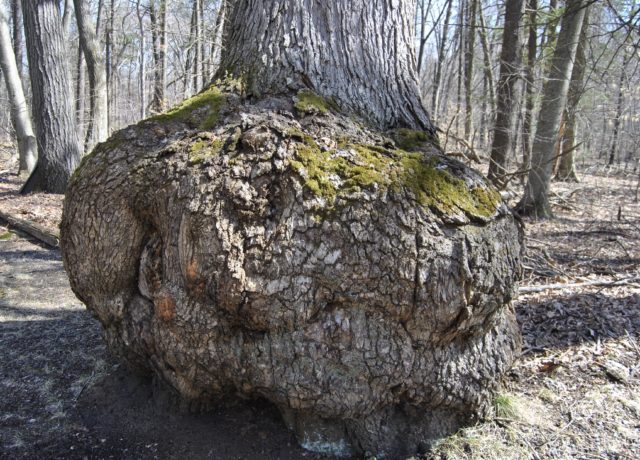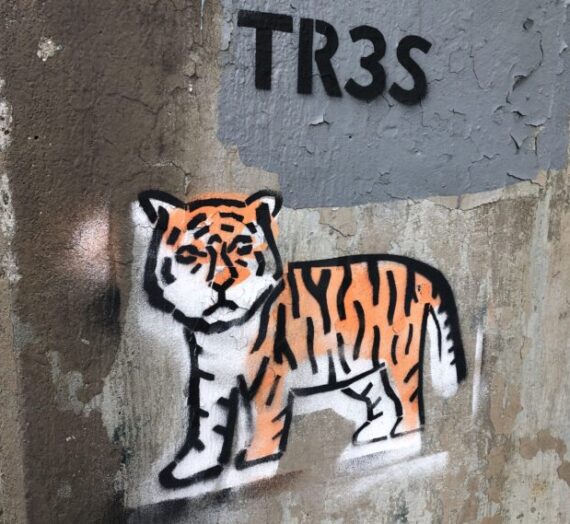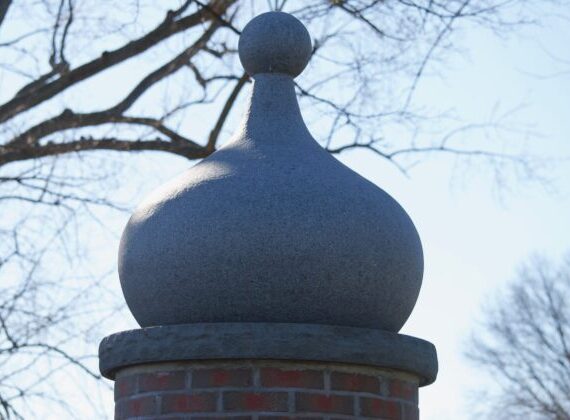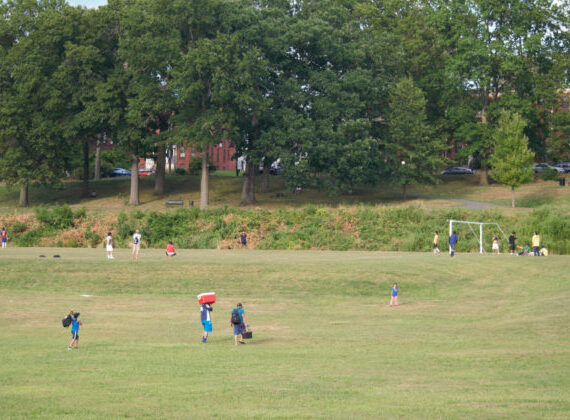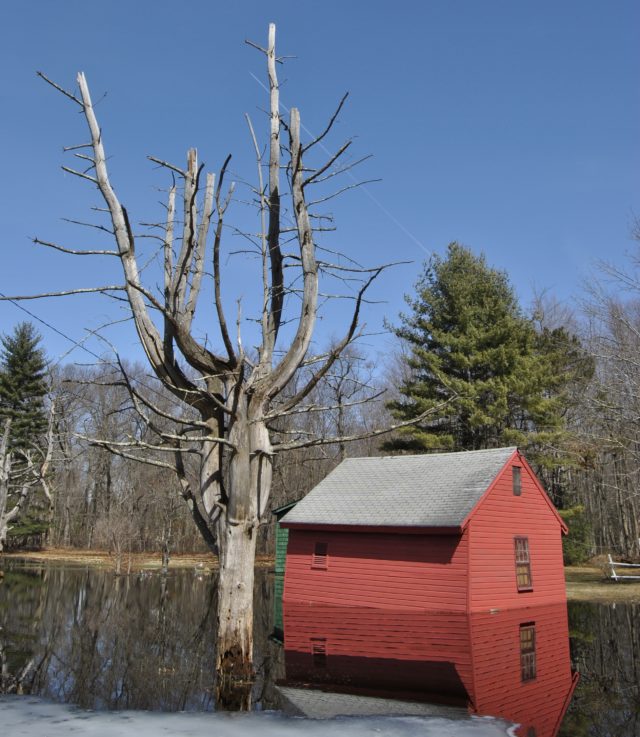
You might travel down this busy road every day and not notice the road. There is no sign to indicate it’s anything but a driveway.
Maybe one day you get curious and pull in. You wonder why the remnants of illegal dumping are allowed to remain on what appears to be church property. There’s styrofoam and tires in plain sight. Annoyed, you turn around and exit. You think about how our trash problem is nothing new. Hartford has struggled with refuse for well over a century. How have we not figured this out yet?
The memory of that car trip faded and one day you decide to return. Maybe there is something you missed. You cannot explain why you are drawn to this area, but you are. Something to do with inconsistencies on city maps. A vague memory of having seen a name somewhere that is now nowhere to be found. This time, you are on a bicycle. The end of that driveway that is chained off is now noticed. You are moving slow enough to see what does not want to be seen. You can fit into spaces that cars cannot.
This is not a driveway. It’s a road. There is evidence of it having been paved long ago, but mostly it is hard-packed dirt. Ruts and mud. You feel like this is not a place you are allowed to be, but there are no signs — not yet. The path looks like what you would find in a rural town, maybe in Connecticut, but more likely in New Hampshire or Vermont. You pass through woods, by a swamp or bog — you don’t know or care what the exact terminology is for it. These are wetlands that no doubt needed to be fought for to be preserved as much as they have. There is less trash down the lane.
And then you see a cluster of small buildings. Homes, maybe. They are both here and there. This is where the signs appear. If you’ve wandered in, it’s time to turn and wander away.
This is where you live if you don’t worry about or expect city services. It’s where you go to be left the hell alone.
